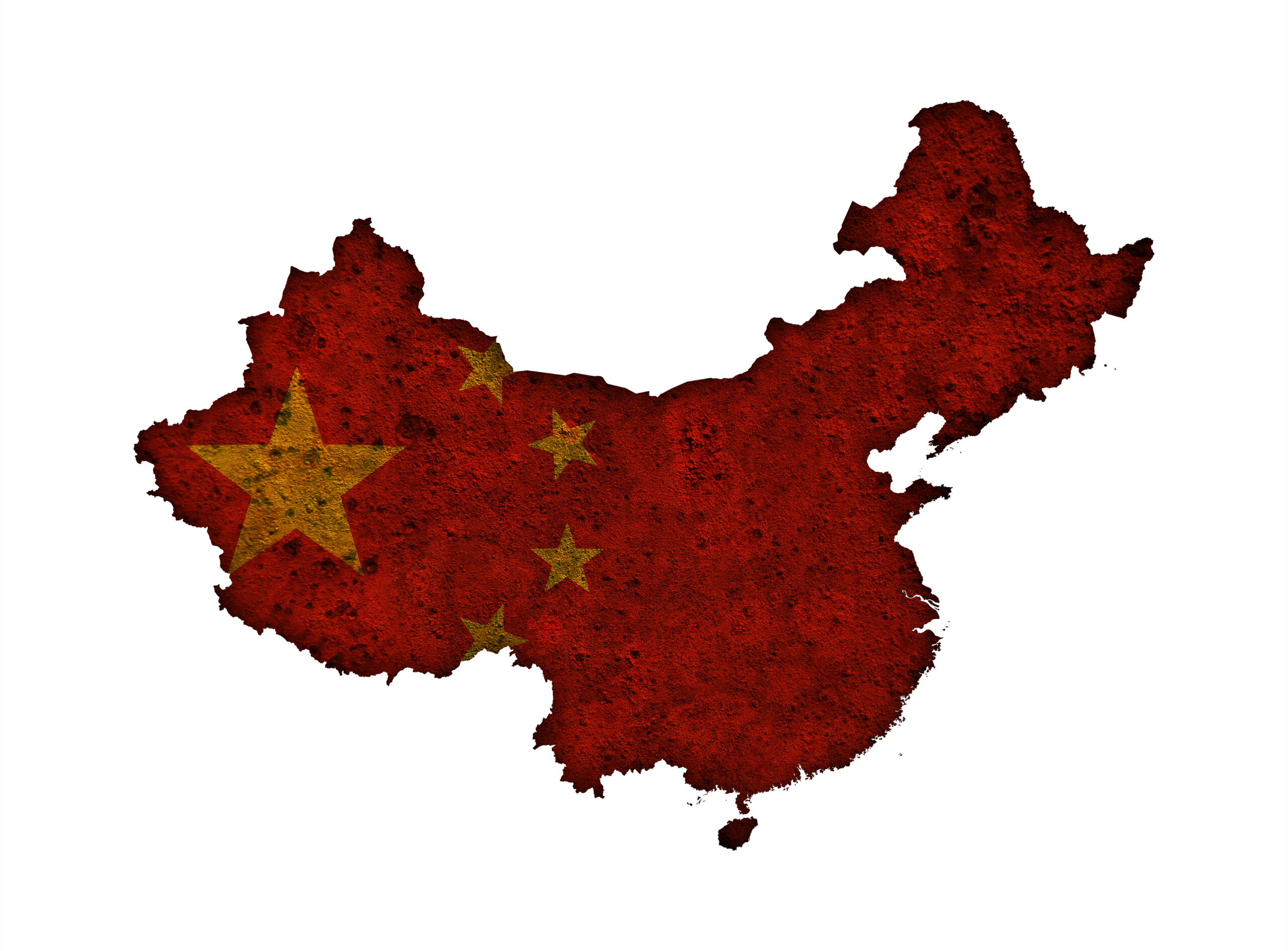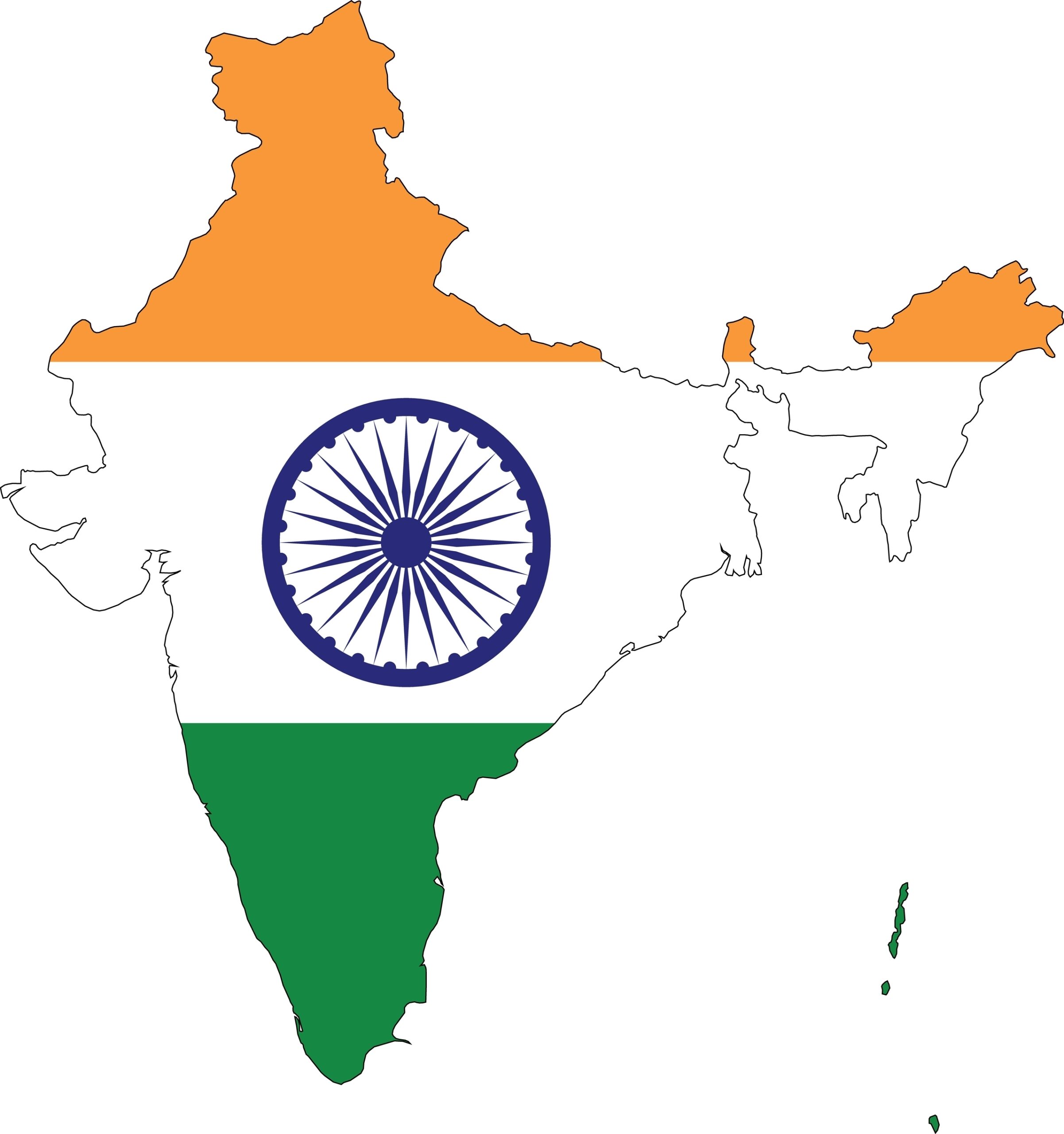The world’s population is growing rapidly, and some countries are leading the way in size. Nations with the largest populations often face unique challenges and opportunities. Their large populations also impact global economies and politics. Below are some of the largest countries by population, each with distinct characteristics.
China

China is the most populated country on Earth. It has over 1.4 billion people. The country spans a massive area of 9.6 million square kilometers. Major cities like Beijing and Shanghai are hubs of industry and culture. China’s vast landscape includes deserts, mountains, and fertile plains. The population density is high in the eastern regions. Rapid urbanization has led to significant economic growth. Despite its size, China continues to expand its global influence.
India

India is home to over 1.4 billion people, closely trailing China. Its land area covers approximately 3.29 million square kilometers. Major cities like Mumbai and Delhi are crowded with millions of residents. The country’s diverse landscape includes the Himalayas, rivers, and dense forests. India’s population is spread across rural and urban areas, with rapid growth in cities. Agriculture plays a key role in supporting the population. Economic growth continues as the country develops its industries and services.
United States

The United States has a population of over 330 million people. Its vast area covers 9.8 million square kilometers. Major cities like New York and Los Angeles attract millions. The country has diverse geography, from mountains to plains and coastlines. Population density varies widely, with crowded cities and sparsely populated regions. Immigration contributes significantly to population growth. The U.S. economy is one of the largest in the world, driven by innovation and trade.
Indonesia

Indonesia is the largest country in Southeast Asia, with over 270 million people. It is an archipelago with more than 17,000 islands. The land area spans around 1.9 million square kilometers. Jakarta, its capital, is one of the most populous cities. Indonesia’s population is concentrated on a few large islands like Java and Sumatra. The country’s economy relies heavily on agriculture and mining. Its growing population is shaping its role in regional trade.
Pakistan

Pakistan has a population of over 240 million people. It covers an area of 881,913 square kilometers. Karachi and Lahore are major cities with dense populations. The country’s geography includes mountains, rivers, and plains. Most of the population lives in the fertile Indus River valley. Pakistan has a young population, with a median age below 25. The economy relies heavily on agriculture and textiles.
Nigeria

Nigeria is the most populous country in Africa, with over 223 million people. The country’s land area is about 923,768 square kilometers. Lagos, its largest city, is one of the fastest-growing urban centers in the world. Nigeria has diverse landscapes, including savannas, forests, and coastal areas. The majority of the population is young, with a median age of 18. Agriculture, oil, and services drive the economy. The population continues to grow rapidly, fueling economic and social change.
Brazil

Brazil’s population is over 215 million people, making it the largest in South America. The country’s land area covers 8.5 million square kilometers. Cities like São Paulo and Rio de Janeiro are major population centers. Brazil’s vast landscape includes the Amazon rainforest and expansive savannas. The majority of its people live in urban areas. Brazil’s growing economy is supported by agriculture, mining, and manufacturing. Its population continues to expand, driven by urbanization.
Bangladesh

Bangladesh is home to over 170 million people. Despite its small size, it covers 147,570 square kilometers, making it one of the most densely populated countries. Dhaka, the capital, is a bustling metropolis with millions of residents. The country’s geography includes rivers, lowlands, and fertile plains. Most of the population lives in rural areas, depending on agriculture. Bangladesh’s economy is growing, particularly in textiles and manufacturing. The population density puts pressure on resources and infrastructure.
Russia

Russia is the largest country by land area, covering over 17 million square kilometers. Despite its vast size, the population is about 146 million people. Moscow and Saint Petersburg are its most populous cities. Russia’s landscape spans forests, tundras, and mountains. Much of the population is concentrated in the western part of the country. The climate varies from freezing winters to warm summers. The country’s economy is fueled by natural resources, especially oil and gas.
Mexico

Mexico has a population of over 128 million people. It covers an area of 1.96 million square kilometers. Major cities like Mexico City and Guadalajara are highly populated. The country has a mix of landscapes, from deserts to rainforests. Most of the population lives in urban areas, though agriculture is significant. Mexico’s economy is diverse, with manufacturing and tourism playing key roles. The country’s growing population impacts its infrastructure and resources.
Ethiopia

Ethiopia’s population exceeds 126 million people, making it the second most populous country in Africa. It covers an area of 1.1 million square kilometers. Addis Ababa, the capital, is the largest city. The country’s geography includes mountains, plateaus, and the Great Rift Valley. Most of the population is rural, relying on agriculture. Ethiopia has a young population, with a median age of under 20. The country is working towards industrial and infrastructure growth.
Japan

Japan is home to over 125 million people. It consists of four main islands, covering an area of 377,975 square kilometers. Tokyo, the capital, is one of the most populated cities globally. Japan’s landscape includes mountains, forests, and coastal areas. A large portion of the population lives in urban centers. Japan has a declining population due to low birth rates. Its economy is highly developed, known for technology and innovation.
Philippines

The Philippines has a population of over 113 million people. It is an archipelago with over 7,000 islands, covering 300,000 square kilometers. Manila, the capital, is densely populated. The country’s landscape includes beaches, mountains, and rainforests. Most people live in urban areas, but rural communities are significant. The economy depends heavily on agriculture, remittances, and tourism. The population continues to grow rapidly, influencing the country’s development.
Egypt

Egypt has over 112 million people, making it one of the largest countries in Africa. It spans an area of 1 million square kilometers. Cairo, the capital, is a major population center. The country’s landscape includes the Nile River, deserts, and fertile valleys. Most of the population lives near the Nile. Agriculture and tourism are critical to Egypt’s economy. Rapid urbanization is a key factor in Egypt’s population dynamics.
Vietnam

Vietnam’s population is over 100 million people. It covers an area of 331,212 square kilometers. Major cities like Hanoi and Ho Chi Minh City are densely populated. The country’s landscape includes mountains, rivers, and long coastlines. Most people live in rural areas, but cities are growing fast. Vietnam’s economy relies on agriculture, textiles, and electronics. The population is young, with a focus on education and industrial growth.
This article originally appeared on Rarest.org.
More from Rarest.org
15 Stunning Big Cats Roaming the World’s Most Beautiful Landscapes

Big cats are some of the most awe-inspiring creatures on the planet, roaming a variety of stunning landscapes across the globe. Read More.
19 Unique Military Vehicles Used in Uncommon Roles

Military vehicles are known for their versatility, often being repurposed for roles beyond their original design. Read More.
15 Remarkable Arctic Animals Adapted to Extreme Cold

The Arctic is home to some of the most resilient animals on the planet, each uniquely adapted to survive in its extreme cold. Read More.
